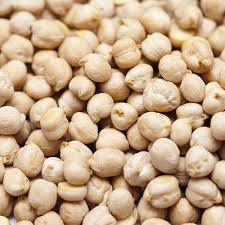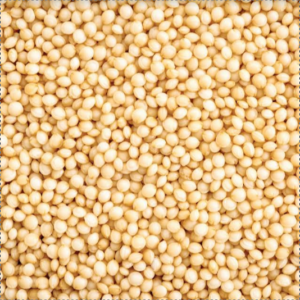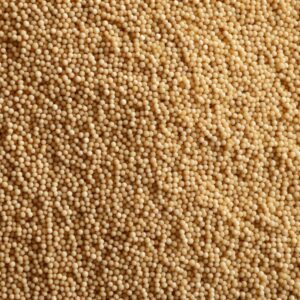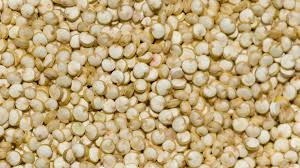Description
Common Names:
- Millet Flour
- Ground Millet
- Millet Meal
Forms:
- Whole Millet Flour: Made from grinding whole millet grains.
- Blended Flours: Often mixed with other flours for various culinary uses.
Origin:
- Native Region: Millet is a group of cereal grains that are native to various regions including Africa, Asia, and parts of Europe.
- Cultivation: Grown in a wide range of climates, including arid and semi-arid regions. Major producers include India, China, and Africa.
Nutritional and Chemical Composition:
- Active Compounds: Contains proteins, dietary fiber, essential amino acids, and various vitamins and minerals.
- Nutritional Profile: Rich in magnesium, phosphorus, potassium, and B vitamins such as niacin and folate. Millet flour is also a good source of antioxidants.
Health Benefits:
- Digestive Health: High in dietary fiber, which aids in digestion and helps prevent constipation.
- Nutrient-Rich: Provides essential nutrients including vitamins and minerals important for overall health.
- Gluten-Free: Suitable for individuals with celiac disease or gluten intolerance as it is naturally gluten-free.
- Heart Health: The magnesium and potassium in millet can help maintain cardiovascular health and support healthy blood pressure levels.
- Blood Sugar Control: Has a low glycemic index, which can help regulate blood sugar levels and may be beneficial for people with diabetes.
Uses:
- Baking: Used as an ingredient in bread, muffins, pancakes, and other baked goods. Often combined with other flours to enhance texture and nutrition.
- Cooking: Can be used to make porridge, grits, and as a thickener in soups and stews.
- Traditional Dishes: Commonly used in traditional dishes across various cultures, including Indian and African cuisines.







